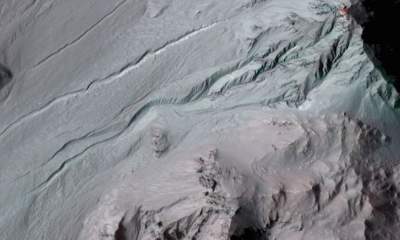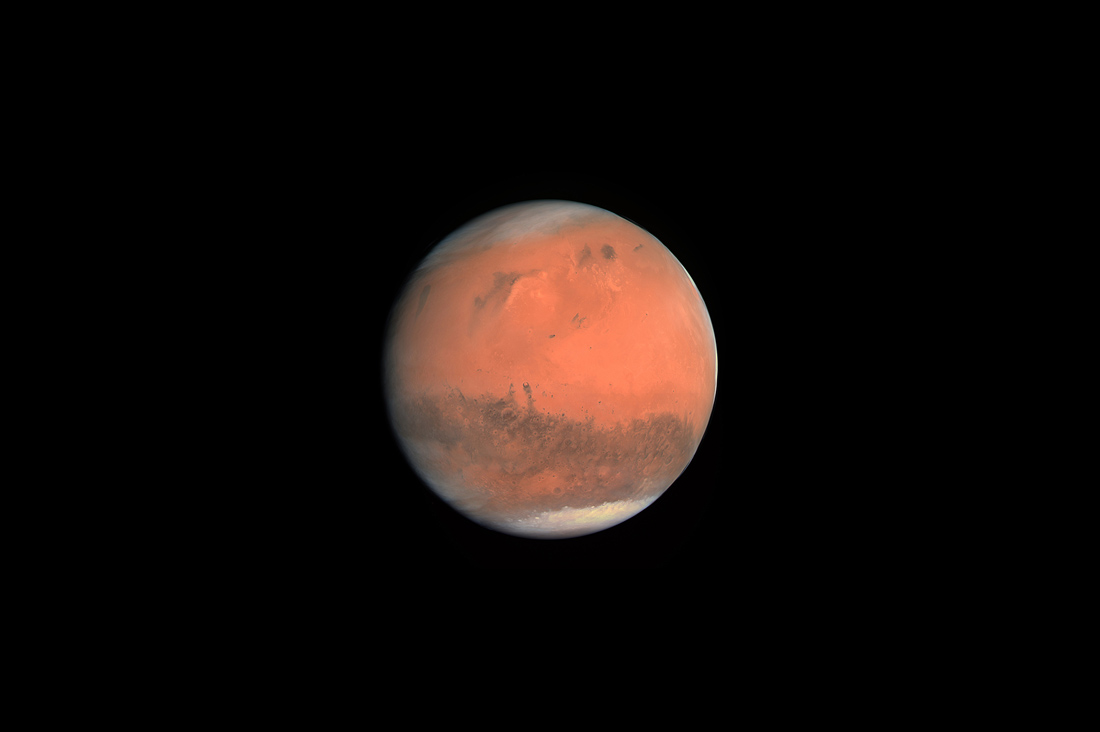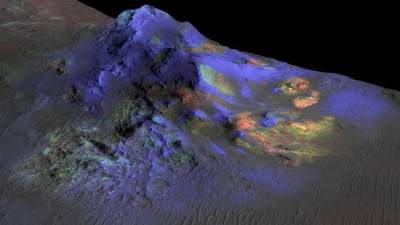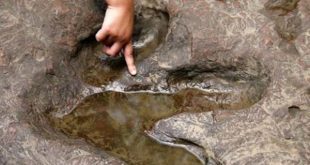 Liquid water on Mars long ago.
Liquid water on Mars long ago.
Using data from orbital spacecraft NASA’s Mars Reconnaissance Orbiter (MRO), scientists have concluded and demonstrated that the “gullies” on Mars today is unlikely to have been formed by the flow of liquid water. This decision allows scientists to further narrow the theory about how are formed the Martian gullies, and to disclose more details about the recent geological processes on Mars.
Scientists use the term “drain” to describe these features on the surface of Mars, since they possess three characteristic drainage properties, the niche in the upper part, a channel and an apron of deposited material at the bottom. Drains are distinguishable from other features on Martian slopes, “repeated oblique lines”, or RSL, which differ more seasonal darkening, rather than change the shape of the surface. In places RSL was discovered water in the form of hydrated salts. A new study dedicated to the gutters and the process of their formation; in the course of the study, the researchers combined information about the composition with the previously obtained visualizations.
Scientists from the applied physics Laboratory (APL) at Johns Hopkins University in Laurel, Maryland, examined data of high resolution on the composition of rainwater over 100 locations across Mars. These data collected by the MRO CRISM instrument were then correlated with the images of the HiRISE and CTX cameras on the same machine.
The results of the study showed mineralogical evidence of the abundance of liquid water or its secondary products, which talks about other mechanisms — not flowing water, but rather freezing and thawing of carbon dioxide — behind the recent evolution of the gutters.
These gutters are widely distributed on the surface of Mars, are found mostly between 30 and 50 degrees latitude in the Northern and southern hemispheres, usually on slopes facing the poles. On Earth, such gullies are formed by flows of liquid water; however, under the current conditions of Mars, water on the surface is random and occurs only in small quantities of salt solution even in the veins of the RSL. The lack of a sufficient amount of water, which could wash basins, led to the emergence of various theories of the formation of drains, including various mechanisms with the participation of water vapor and frozen carbon dioxide.
“The HiRISE group and others have shown that activity in the drains was seasonal, mostly in the southern hemisphere over the last couple of years, and frozen carbon dioxide — the main suspect for the role of the underlying cause. However, other researchers say in favor of water as a basic mechanism,” says Jorge núñez from APL, lead author of the work. — What are unable to identify other HiRISE camera is the composition of material in the gutters, as that of the optical chamber. To fill this crucial gap, we used CRISM, a spectrometer for visible and near-infrared radiation to study what types of minerals are present in watercourses, and can they shed light on the basic mechanism of formation of these drains”.
“On Earth and on Mars, we know that the presence of philosilicates — clay or other hydrated minerals indicates formation in liquid water,” says núñez. In our study, we found no evidence of clay or other hydrated minerals in most of investigated water courses, and when found, they were largely a product of the erosion of ancient rocks, than the newly flowing water. These clays likely formed billions of years ago, when on the surface of Mars water steadily flowed in a liquid state”.
Apparently, liquid water on Mars long ago.







